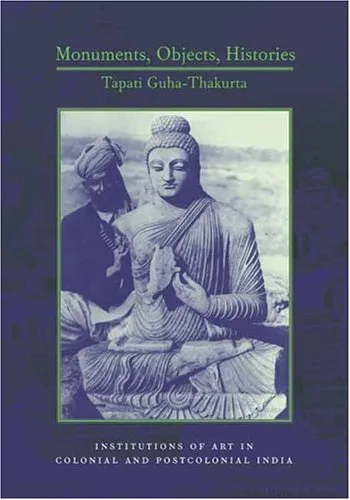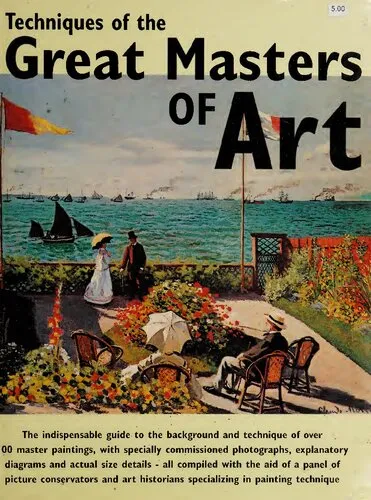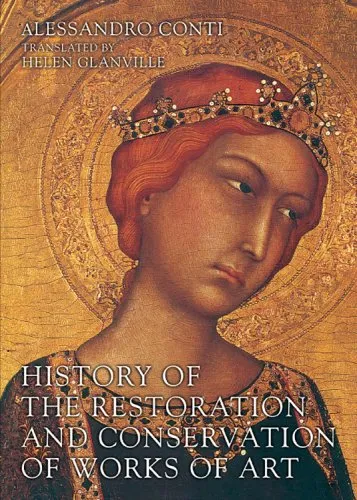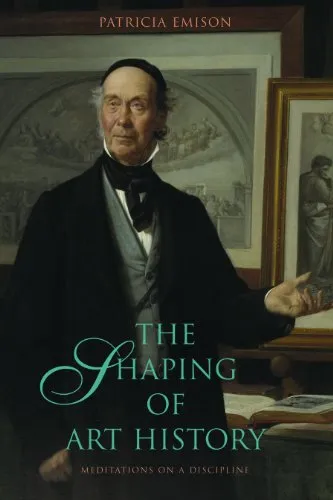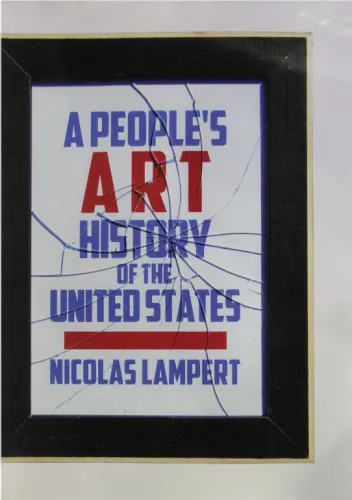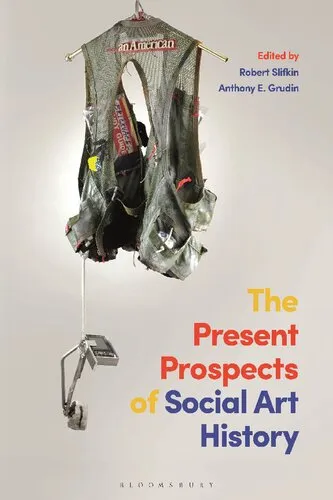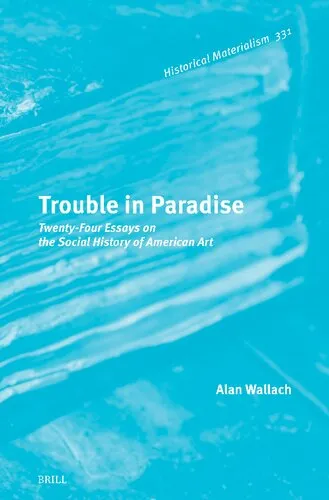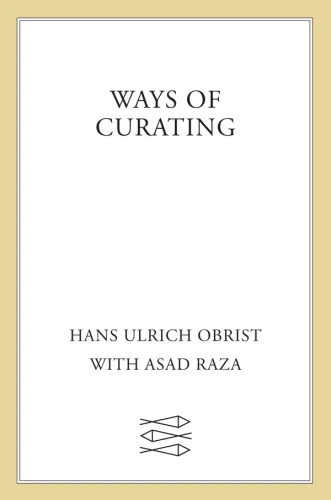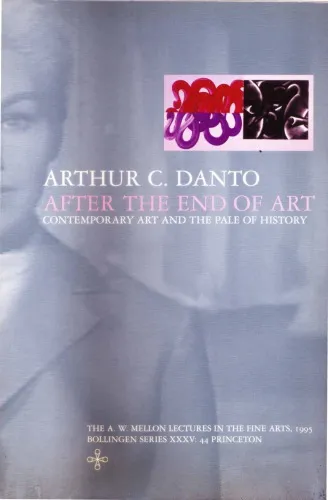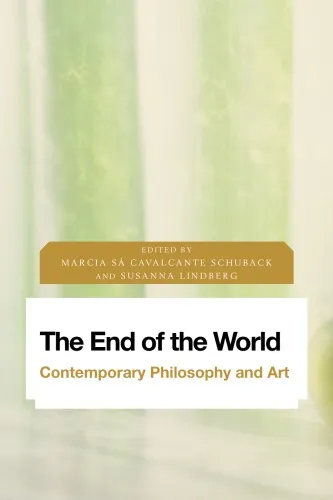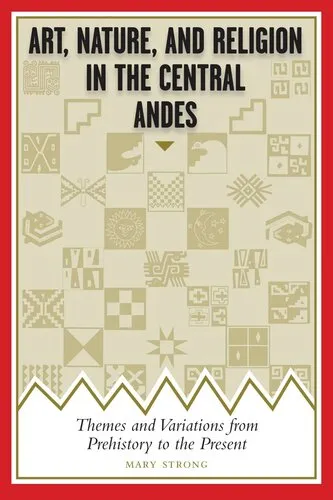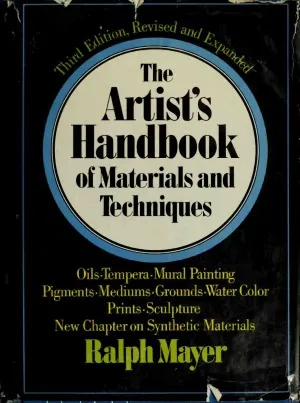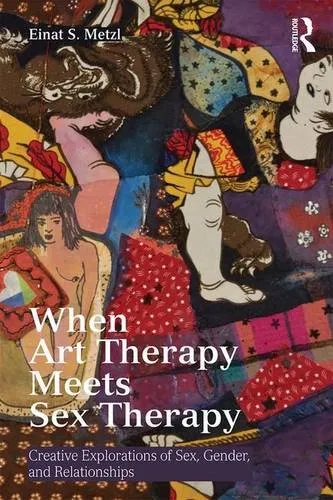Monuments, Objects, Histories: Institutions of Art in Colonial and Post-Colonial India (Cultures of History)
4.5
بر اساس نظر کاربران

شما میتونید سوالاتتون در باره کتاب رو از هوش مصنوعیش بعد از ورود بپرسید
هر دانلود یا پرسش از هوش مصنوعی 2 امتیاز لازم دارد، برای بدست آوردن امتیاز رایگان، به صفحه ی راهنمای امتیازات سر بزنید و یک سری کار ارزشمند انجام بدینکتاب های مرتبط:
مقدمه کتاب
کتاب Monuments, Objects, Histories: Institutions of Art in Colonial and Post-Colonial India (Cultures of History) توسط تاپاتی گوها-تاکورتا نوشته شده است، که به دقت تاریخی و تحلیلی عمیق در تحول نهادهای هنر در هند استعماری و پس از استعمار میپردازد. این کتاب نگاهی جامع به آثار، اشیاء، و تاریخهای هنری دارد که به عنوان نقاط عطف فرهنگی در هند ثبت شدهاند.
خلاصه کتاب
این کتاب به بررسی چگونگی تأسیس، توسعه، و تحول نهادهای هنری در هند میپردازد. نویسنده به تحلیل میراث معماری و فرهنگی میپردازد و روابط پیچیدهای را که این نهادها با قدرتهای استعماری و نخبگان محلی داشتند، بازمیگشاید. تاپاتی گوها-تاکورتا به طور خاص بر دورههایی تمرکز میکند که معیارهای هنری و فرهنگی دستخوش تغییرات عمیق شدند. او بحث میکند که چگونه موزهها، گالریهای هنری و سازمانهای نگهداری آثار هنری در این فرآیندها نقش داشتهاند.
نکات کلیدی
- تأثیر استعمار بر نهادهای هنری و تغییرات پس از استقلال.
- نقش موزهها و گالریهای هنری در حفظ و تغییر سیاستهای هنری.
- بررسی تعاملات بین قدرتهای استعماری و نخبگان فرهنگی در شکلگیری نهادهای هنری.
- تحلیل نقوش و آثار معماری به عنوان میراث هنری.
نقلقولهای معروف از کتاب
"اعمال قدرت و فرهنگ در هم تنیدهاند؛ جایی که هر مجسمه، نقاشی و بنای یادبود حامل داستانی است از برخوردهای فرهنگی و استعماری."
"هنر، نه تنها یک شیء زیباشناختی، بلکه وسیلهای برای بررسی و درک قدرتهای اجتماعی و تاریخی است."
چرا این کتاب مهم است
این کتاب یک منبع ارزشمند برای تاریخنگاران، دانشجویان هنر و مدرسان، و هر کسی است که به درک عمیق تری از چگونگی تاثیرات استعمار بر هنر و فرهنگ علاقهمند است. تاپاتی گوها-تاکورتا با ارائه یک تحلیل جامع از تاریخ هنر استعماری و پس از استعماری، به خوانندگان این امکان را میدهد تا تغییرات پیچیده در سیاستهای فرهنگی و هنری را که در طول این دورهها رخ داده، مورد بررسی قرار دهند. این کتاب همچنین به برجسته کردن اهمیتی که نهادهای هنری در حفظ و تغییر سیاستهای فرهنگی داشتهاند، میپردازد.
Welcome to an insightful journey into the multifaceted world of art institutions in India through 'Monuments, Objects, Histories: Institutions of Art in Colonial and Post-Colonial India.' This book serves as a groundbreaking work by Tapati Guha-Thakurta, unraveling the complex histories and evolving paradigms of art institutions from the colonial era to post-colonial India.
Detailed Summary
In 'Monuments, Objects, Histories,' Tapati Guha-Thakurta delves deep into how art institutions have been shaped and reshaped over the decades in India, influenced by varying historical, political, and social factors. The book is segmented into parts, each serving as a critical examination of the intricate web that has been woven around these institutions since the colonial period. Delving into colonial-era transformations, Guha-Thakurta traces the genealogy of art institutions, emphasizing the pivotal role of these entities in cultural representation, national identity, and historical consciousness. Through meticulous research, she explores the juxtaposition and sometimes the convergence of colonial practices with indigenous traditions, illustrating the power dynamics at play.
As the book transitions into the post-colonial era, it highlights the shifts in art institutions' roles and narratives, aligning them with newly independent India’s national aspirations. The text offers a thorough analysis of how institutions like museums, galleries, and academies have navigated the complex terrain of tradition versus modernity, and the responsibilities of narrating a cohesive national history. By engaging critically with the roles of individuals, policies, and cultural dialogues, Guha-Thakurta provides a comprehensive picture of the evolution of art institutions as living entities shaped by and shaping history.
Key Takeaways
- The book provides a deep understanding of the colonial and post-colonial shifts in India's art institutions.
- It offers insight into the construction of national identity through art and cultural narratives.
- Guha-Thakurta's work highlights the tension between traditional practices and modern innovations within art institutions.
- The book underscores the role of individuals and political forces in shaping art history in India.
Famous Quotes from the Book
"Art institutions do not merely serve to preserve or showcase; they are battlegrounds of representation, where histories are constructed and deconstructed."
"In post-colonial India, art institutions must navigate the delicate balance between evoking pride in a rich heritage and fostering a vision for modernity."
Why This Book Matters
'Monuments, Objects, Histories' stands out as an essential read for students, researchers, and enthusiasts of art history and cultural studies, particularly those interested in the Indian subcontinent. The book is pivotal in understanding how historic art has been curated and interpreted within institutional confines over centuries. It is instrumental in shedding light on the layered complexities that underscore the art world, providing a scholarly yet accessible narrative about how history is recorded through the lens of art.
Tapati Guha-Thakurta presents a detailed examination of the impact of political shifts and cultural dialogues on the evolution of art institutions. By doing so, she not only documents the history but also stimulates critical thought about the future directions these institutions might take amid ongoing globalization and digital transformation.
دانلود رایگان مستقیم
شما میتونید سوالاتتون در باره کتاب رو از هوش مصنوعیش بعد از ورود بپرسید
دسترسی به کتابها از طریق پلتفرمهای قانونی و کتابخانههای عمومی نه تنها از حقوق نویسندگان و ناشران حمایت میکند، بلکه به پایداری فرهنگ کتابخوانی نیز کمک میرساند. پیش از دانلود، لحظهای به بررسی این گزینهها فکر کنید.
این کتاب رو در پلتفرم های دیگه ببینید
WorldCat به شما کمک میکنه تا کتاب ها رو در کتابخانه های سراسر دنیا پیدا کنید
امتیازها، نظرات تخصصی و صحبت ها درباره کتاب را در Goodreads ببینید
کتابهای کمیاب یا دست دوم را در AbeBooks پیدا کنید و بخرید
1488
بازدید4.5
امتیاز0
نظر98%
رضایتنظرات:
4.5
بر اساس 0 نظر کاربران
Questions & Answers
Ask questions about this book or help others by answering
No questions yet. Be the first to ask!
